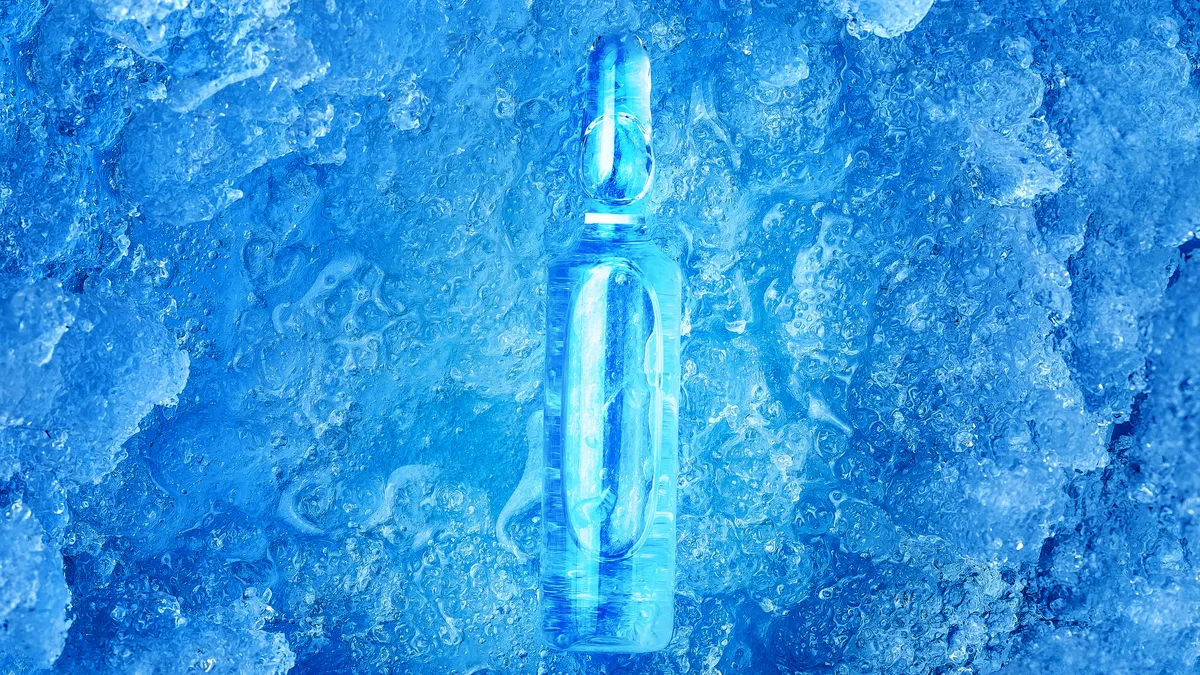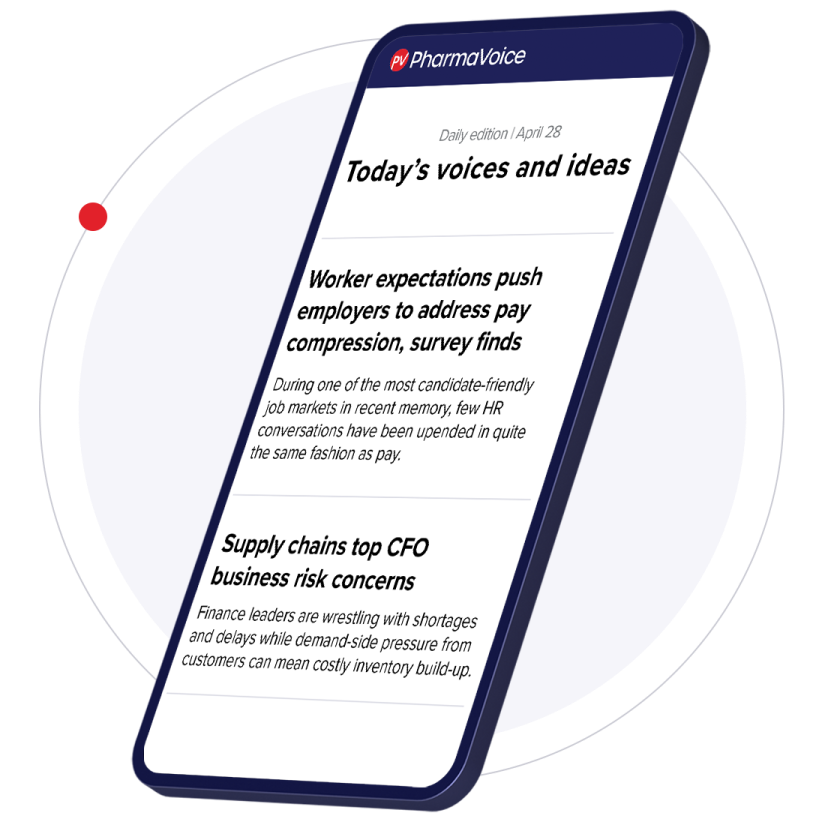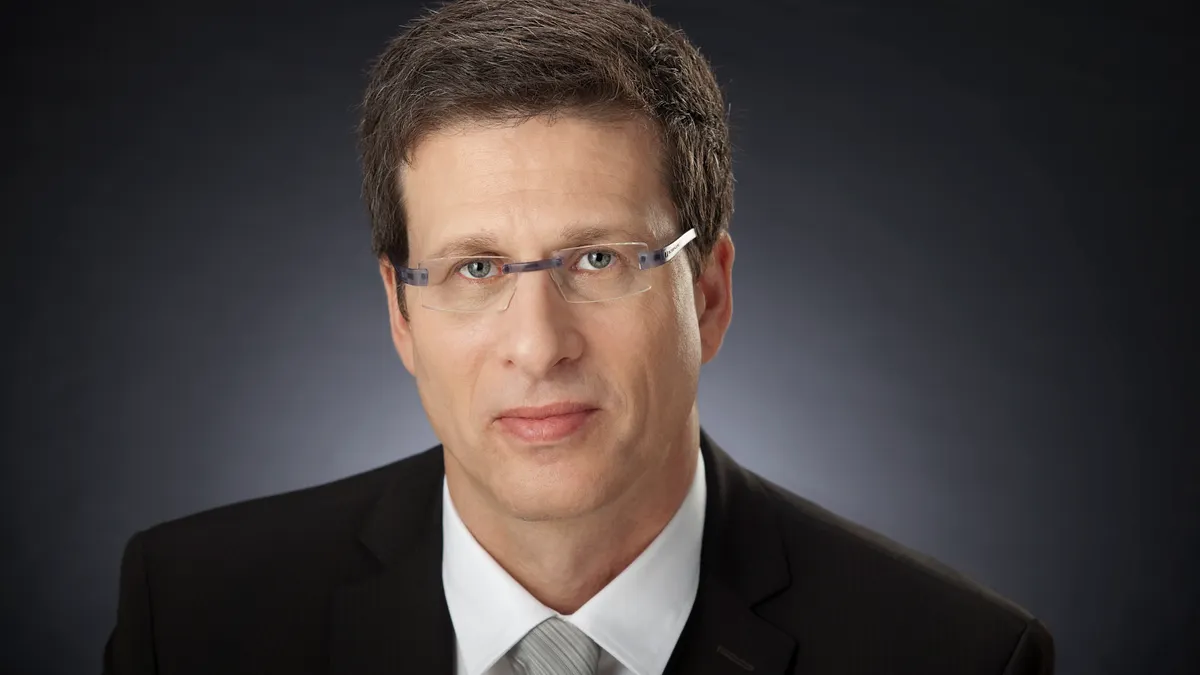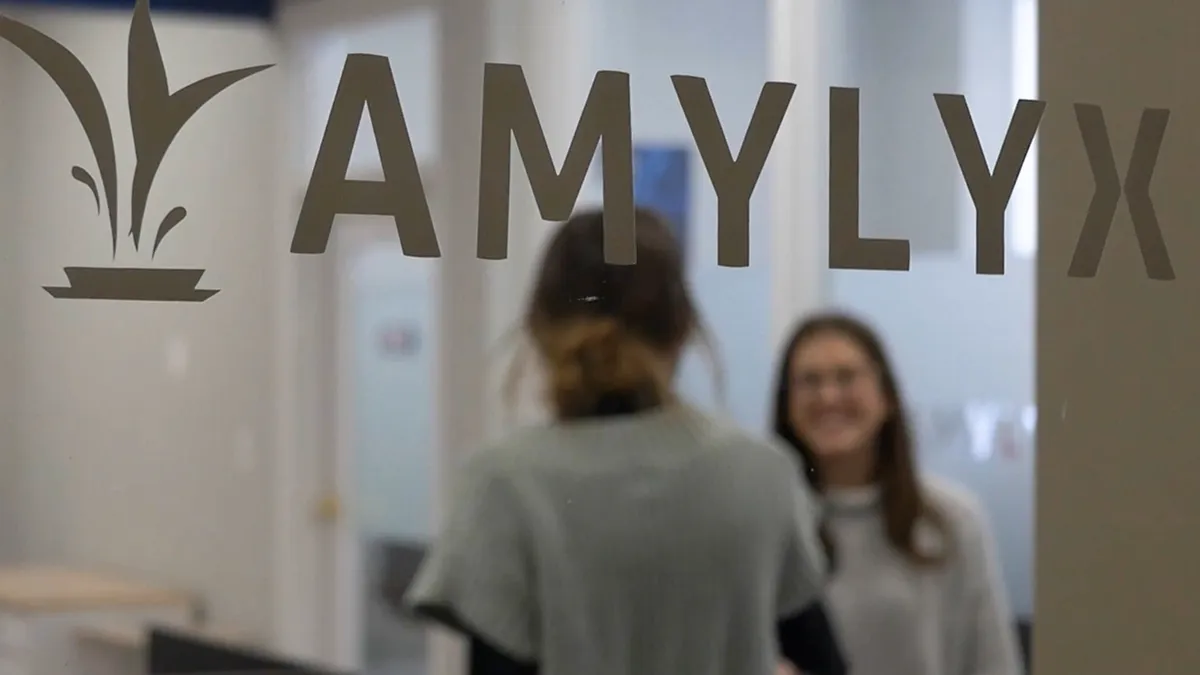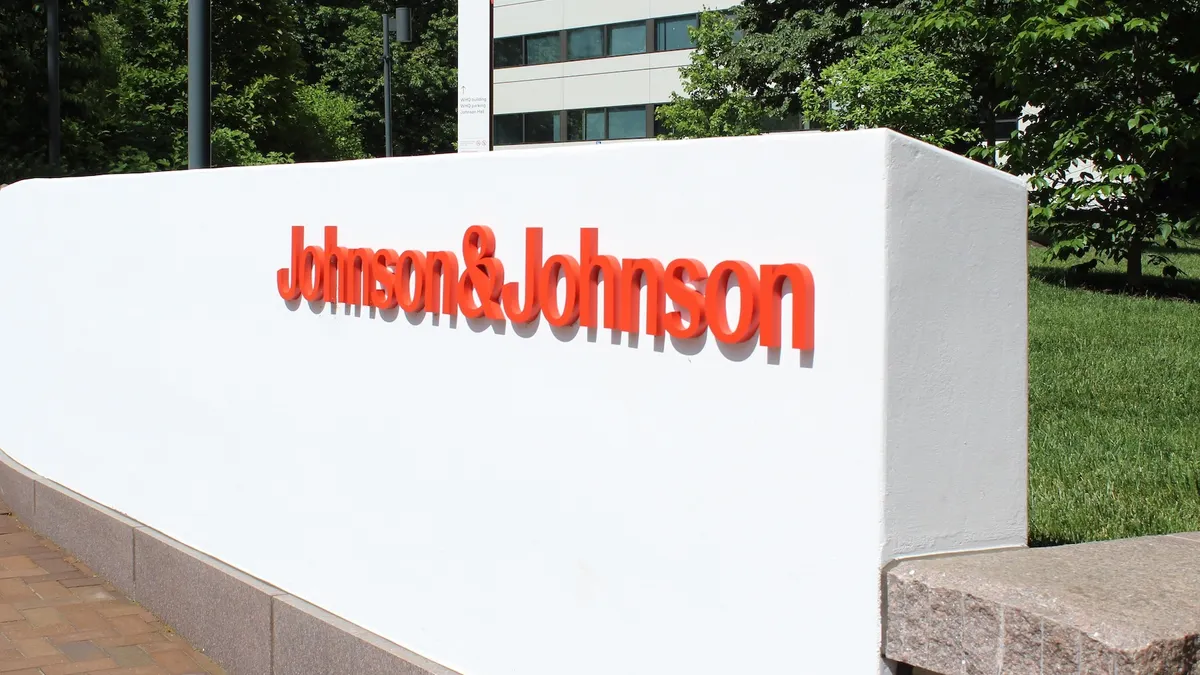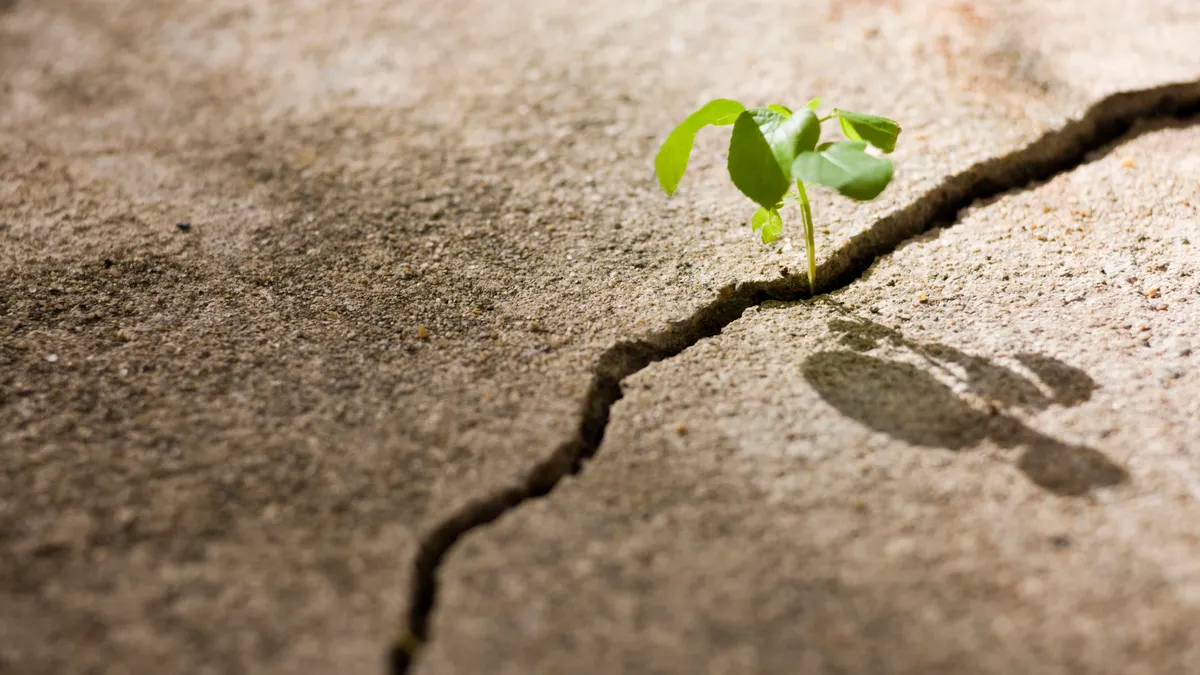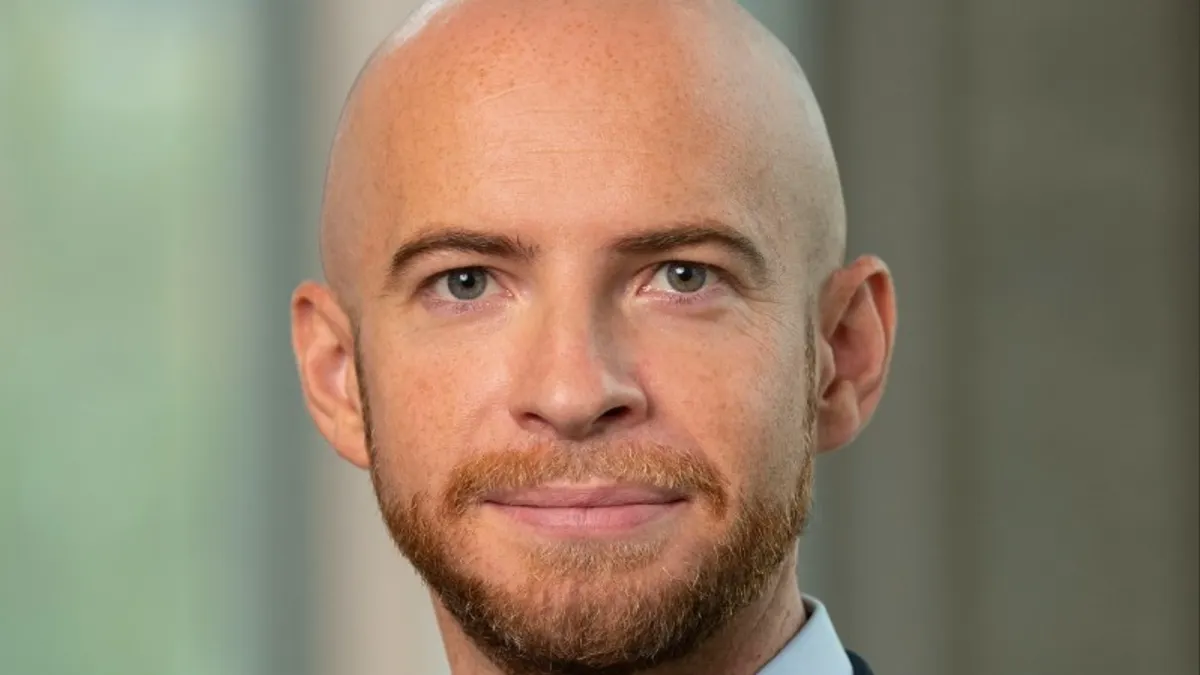The first cell therapy approved by the FDA, Dendreon’s Provenge for prostate cancer, had a bumpy start on the market in 2010, as the autologous treatment was logistically difficult to manufacture and administer, and thus also to reimburse.
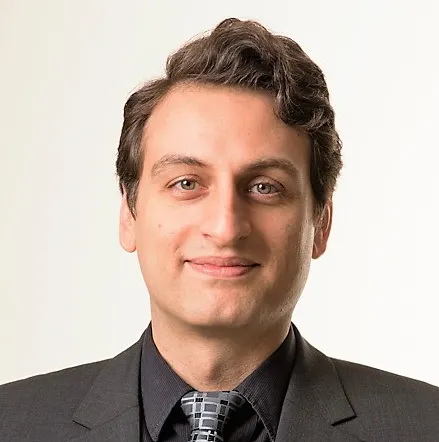
Although the same challenges still persist in the cell therapy market, Dendreon’s stumble “was a good lesson for upcoming therapies,” said Alireza Abazari, senior director of cell processing and cryopreservation at BioLife Solutions. Now, cell therapy makers are putting more thought into the logistical processes, including freezing advances that keep cells viable for a longer time.
The innovations could also help make cell therapies more accessible. Some of the first treatments like Ebvallo from Atara Biotherapeutics, which was the world’s first allogeneic T-cell immunotherapy approved in Europe in 2022, and Gamida Cell’s Omisirge, an allogeneic stem cell transplant for blood diseases, have begun to change the cell therapy landscape.
Allogeneic therapies offer scalability to the cell therapy market by allowing thousands of patients to benefit from a single large batch rather than the one-to-one manufacturing process of autologous treatments. But that requires a plan to bank frozen cells, which is where BioLife comes in — and the processes for cryopreservation are improving, Abazari said.
BioLife, which works with many of the big players in cell therapy, including Gilead’s Kite Pharma, Bluebird Bio and Bristol Myers Squibb, in April acquired Panthera CryoSolutions to advance its freezing techniques through ice recrystallization technology. The innovation minimizes temperature variations and can freeze more kinds of cells without damage, Abazari said.
Here, we spoke with Abazari about the challenges facing the cell therapy market, how allogeneic treatments could potentially address some of those obstacles and what advances in cryopreservation bring to the table.
This interview has been edited for brevity and style.
PHARMAVOICE: Tell me your perspective of the cell therapy space right now and the challenges that have made it difficult for companies to crack through the market.
ALIREZA ABAZARI: When we talk about challenges [of cell therapy], price is a major issue. The cost of development of these therapies and then getting it to the patient requires a lot of investment upfront — hundreds of millions, if not billions. And in particular with cell therapy, a lot of the treatments currently are autologous, and that’s a significant portion of the cost. With many other drugs that you can chemically manufacture, that manufacturing and scaling up is not as significant a challenge. There are solutions to that, and one of them is to go the allogeneic route.
Where do you see the field heading now with respect to solving that problem of cost and lack of scalability?
The autologous therapies will continue to grow as long as there are payers. They paved the way, and they’re going to be around until something beats them in terms of efficacy and price. They’ve become the gold standard, but with the challenges of cost, people will try to go around it with gene-modified allogeneic therapies. That’s one route to make these therapies less expensive, and we will see that field grow.
What is cryobiology and why is it important for these next steps of making cell therapy a more feasible and accessible technology?
Every time you remove biological tissue from a patient’s body, they become hypoxic without oxygen. Without those nutrients, they become stressed and don’t sustain their viability. One way that has been studied is cryopreservation, freezing them [to] arrest biological activity — you can keep them in this state for thousands of years, theoretically. But you have to do this freezing and thawing the right way so that the process doesn’t damage the cells, and that’s the importance of current preservation science and how it relates to cell therapy. It’s a key player, especially when we come to allogeneic therapies, because you make tens of thousands of doses before patients are ready, so you need tissue banks. Cryopreservation is essential for allogeneic therapies, which is one of the main elements of reducing costs for cell therapies in the future.
What are the next big milestones or challenges you hope to see cryopreservation overcome?
When it comes to cryopreservation, there are different orders of magnitude in terms of the physical size of what you’re preserving. Small molecules, viruses, antibodies, vaccines, mRNA — these are all well understood. You go to cells like bone marrow or cord blood, and we’ve been able to bank them for more than 60 years. But there are some cell types that are more sensitive to freezing, like neurons if you’re developing a therapy for Parkinson’s, or freezing human cartilage for an arthritis treatment, for example, that require different methods. There are groups, like the lab I come from at Harvard University, that are working on methods of freezing vital organs like a heart or a liver or a kidney. My hope is that within my lifetime, I can see banks of human organs for transplants to patients.



